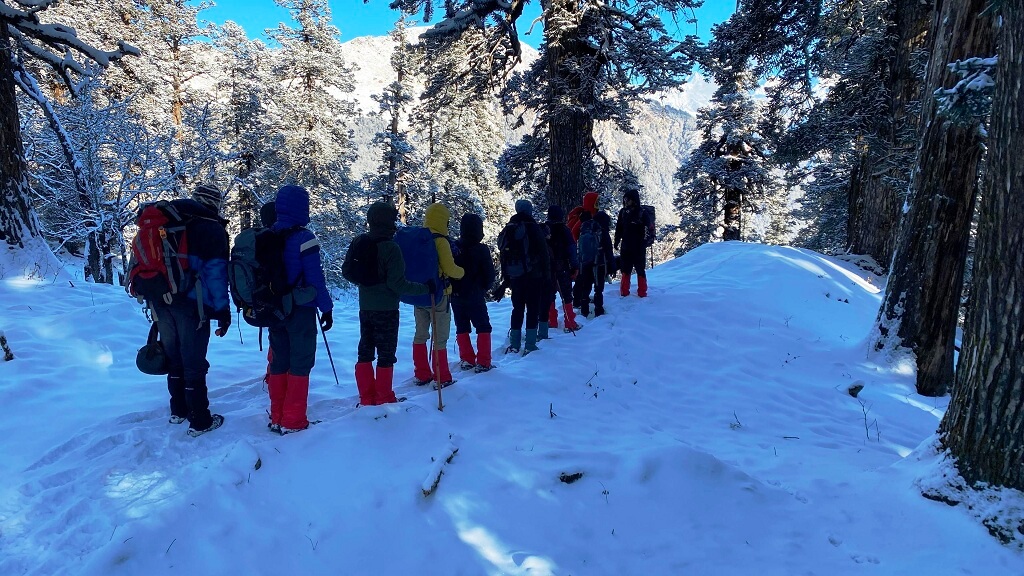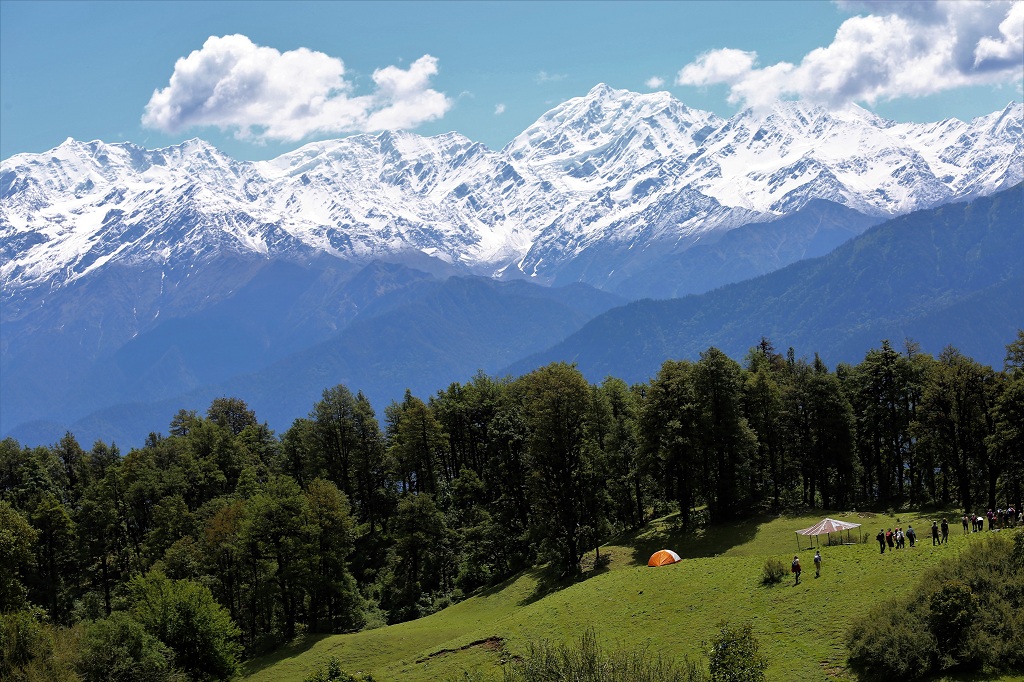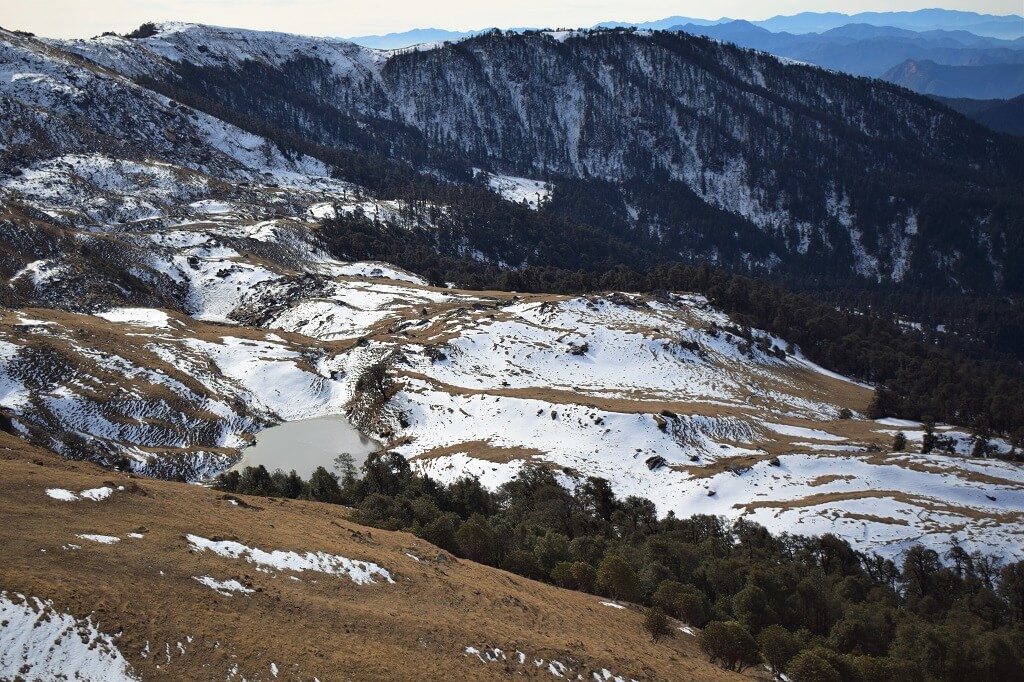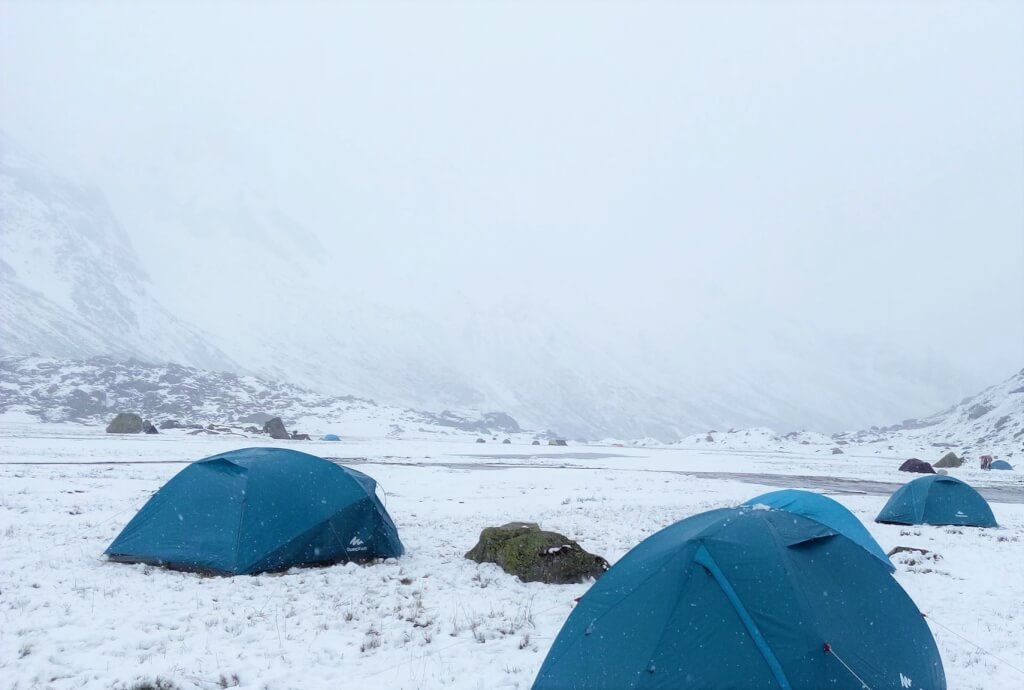- Where is Nanda Devi National Park located?
Nanda Devi National Park is located in the Indian state of Uttarakhand. It lies in the northern part of the state, encompassing the Nanda Devi and Nanda Devi East peaks.
2. What is the significance of Nanda Devi National Park?
The park is a UNESCO World Heritage Site and is renowned for its stunning natural beauty, high-altitude flora and fauna, and rugged terrain. It is named after the Nanda Devi peak, one of the highest mountains in India.
3. What is the best time to visit the park?
The best time to visit Nanda Devi National Park is between May and October. The weather is generally pleasant during these months, though it can be quite cold at higher altitudes.
4. How can I reach Nanda Devi National Park?
By Road: The nearest major town is Joshimath, which is well-connected by road. From Joshimath, you will need to trek or travel by jeep to the park’s entry points.
By Rail: The nearest railway station is in Rishikesh, about 250 kilometers away from the park.
By Air: The nearest airport is in Dehradun, approximately 300 kilometers away. From Dehradun, you would need to travel by road.
5. Are there any entry fees?
Yes, there is an entry fee for Indian and foreign tourists. The fee varies depending on the visitor category and duration of stay. Additional permits may be required for trekking and camping.
6. Do I need a permit to visit the park?
Yes, a permit is required to visit Nanda Devi National Park. Permits can be obtained from the Forest Department or through designated tour operators. For trekking, additional permissions may be necessary.
7. Are there any specific regulations to follow?
Visitors must adhere to strict guidelines to preserve the park’s natural environment. This includes carrying out all waste, following designated trails, and avoiding disturbances to wildlife.
8. Is there accommodation available within the park?
There are no permanent accommodations within the park. Visitors typically stay in nearby towns like Joshimath or on trekking routes where temporary camps are set up.
9. What wildlife can be spotted in the park?
The park is home to a variety of wildlife including the Himalayan tahr, snow leopard, black bear, and various species of deer. Birdwatchers can also spot several high-altitude bird species.
10. What activities can be done in the park?
Popular activities include trekking, nature walks, and wildlife observation. The park offers challenging treks with breathtaking views, including the trek to the base of Nanda Devi.
11. Is the park safe for tourists?
Yes, the park is generally safe for tourists, but due to its remote location and challenging terrain, it is important to be well-prepared and, ideally, travel with experienced guides or tour operators.




